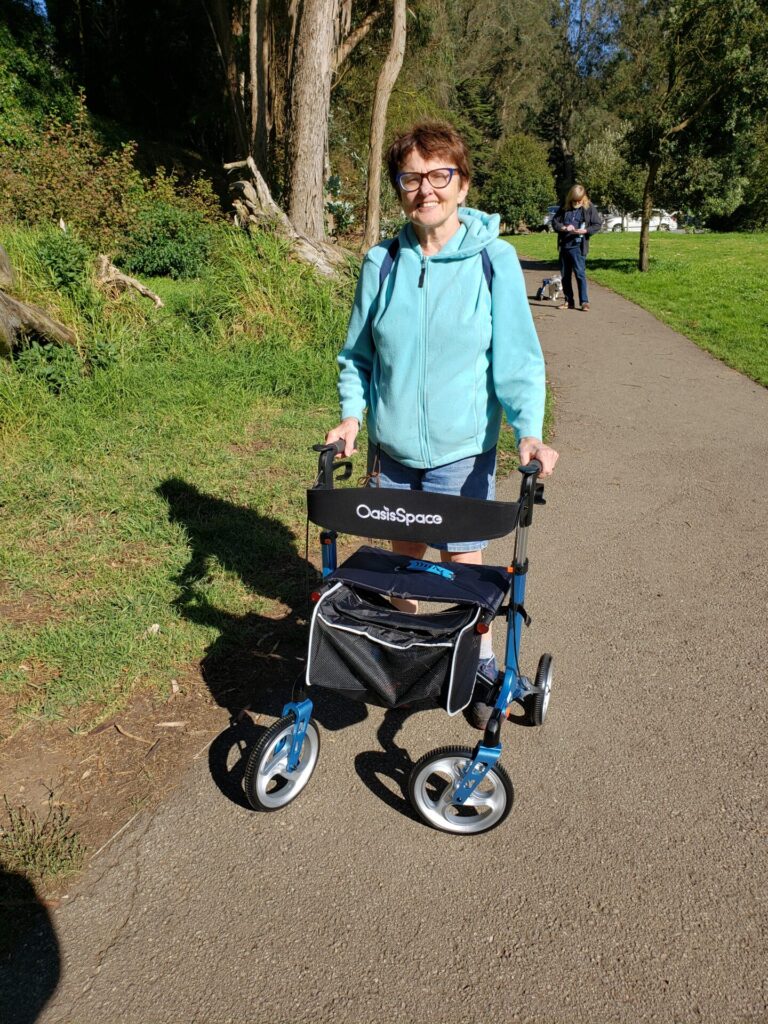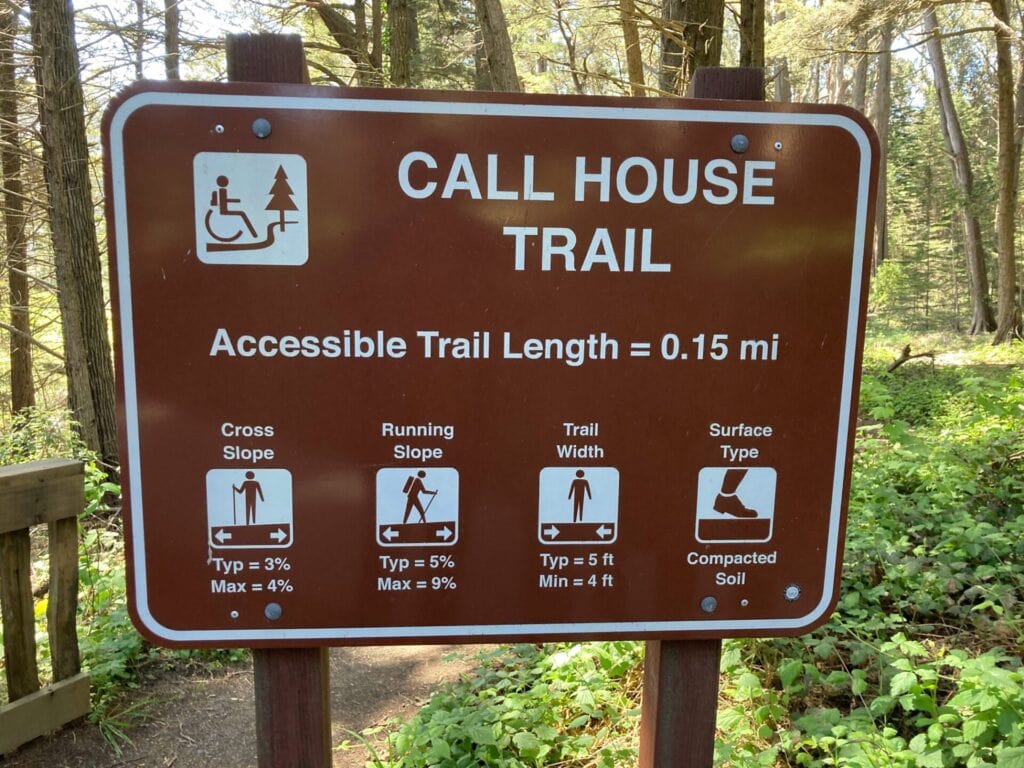Accessible birding for every body
By Chris Okon
When I started birding in 2005, I went on each and every Golden Gate Bird Alliance bird walk that I could: the rolling terrain of Sibley Volcanic Regional Preserve, the meadows of Yosemite, the wild hills of the Sierras, the special patches in Golden Gate Park, any opportunity to see and learn about birds from some of the best birders in the area.
But gradually my body started to switch gears, and after experiencing more and more unexplained, painful, and humiliating falls, I finally got the answer in 2012 when I was diagnosed with Multiple Sclerosis (MS). I still loved birding, but when I tried to act as if everything was OK by taking part in group birding trips and Christmas Bird Counts, I soon felt like a burden to myself and others and realized that I couldn’t keep up. Frustrated and sad, I stopped joining group outings. I believe these feelings are shared by many people who have limitations with not only mobility but also vision, hearing, autism, and many “invisible” health conditions.
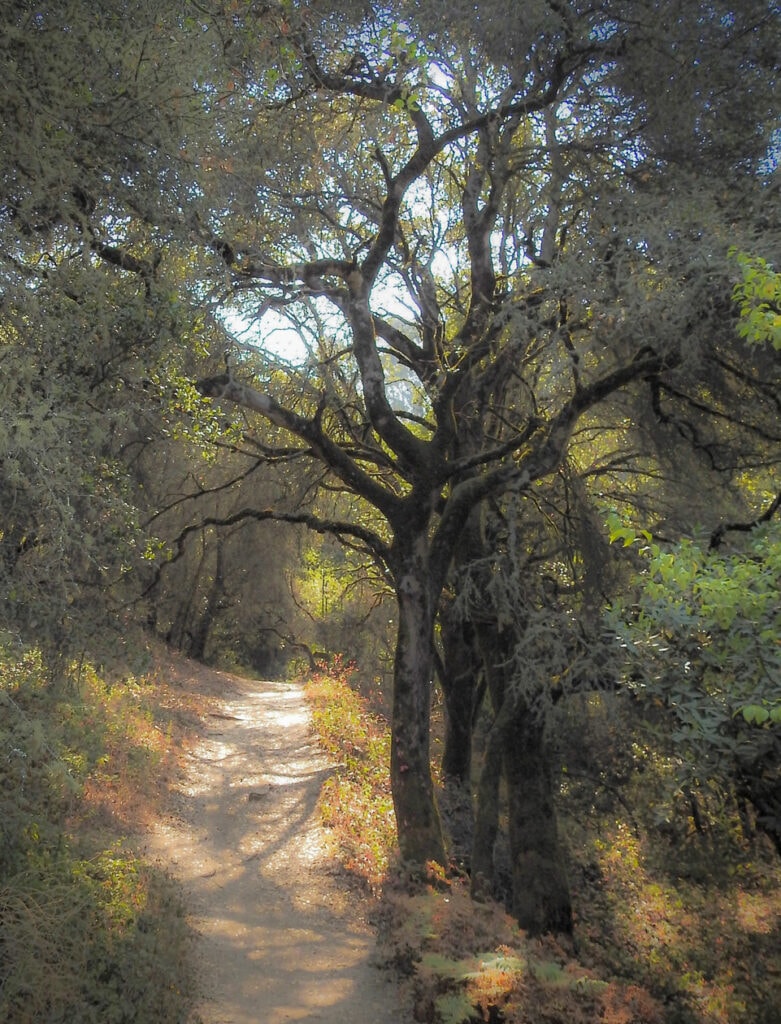
Now there’s a community for such birders: Birdability, an organization dedicated to inclusion of people who face challenges of mobility, vision, neurodiversity, and other issues that keep them from birding.
Founded in 2016 by Virginia Rose, who lost her ability to walk after an accident at age 14, and co-led by occupational therapist and avid birder Freya McGregor, Birdability partnered with National Audubon and has already accomplished a lot:
- Birdability Map: A crowd-sourced tool that lets anyone document and view accessibility features of birding locations.
- Guidance Documents: Action-oriented explanations about access considerations, how organizations can implement accessible and inclusive birding, a glossary of inclusive language terms, a template to advocate for change, and more.
- Birdability Captains: An invitation to all to get involved throughout North America.
- Guest Speakers: Available to present to Audubon chapters, bird clubs, nature organizations and disability groups on accessibility, inclusivity and the joys of birding.
- Coverage in birding publications and media such as Birdwatching magazine, ABA’s Birding magazine and more.
- Birdability Week: First celebrated in October 2020, it helps spread the word about birders with disabilities and health conditions, and shares resources to help improve accessibility and inclusivity in the birding community.
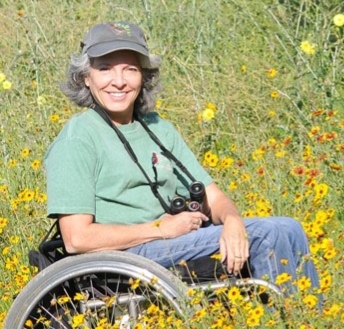
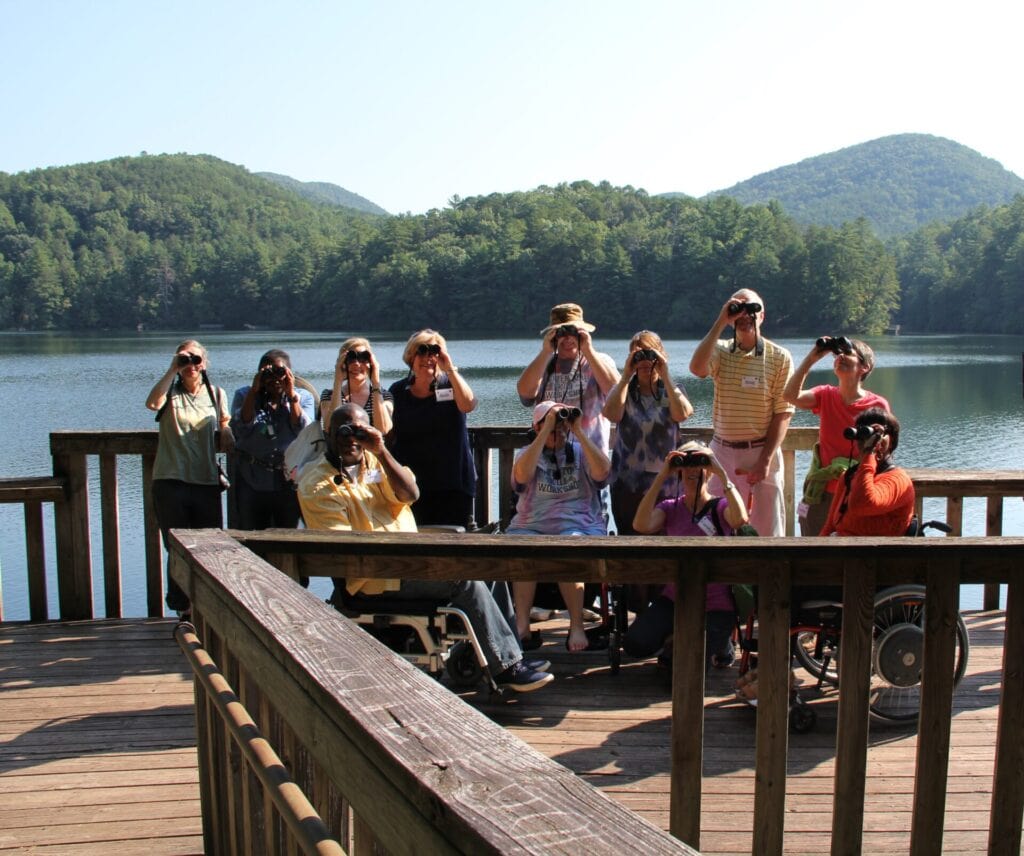
As part of its commitment to diversity, inclusion, and equality in birding, Golden Gate Bird Alliance supports the mission of Birdability and invites members to get involved in any of these ways:
- Learn about what features make up an accessible trail;
- Contribute birding locations to the Birdability Map (a crowd-sourced map of accessible birding locations, with details of the accessibility features of them);
- Read about ideas for how to be a more welcoming and inclusive birder;
- Learn about the things that inclusive organizations do, and share this resource with other organizations you’re involved with;
- Sign up to receive the Birdability newsletter to keep up to date with new resources, events and more;
- Follow Birdability on Facebook, Instagram and Twitter; and
- Donate if you’re able and would like to support the work of Birdability.
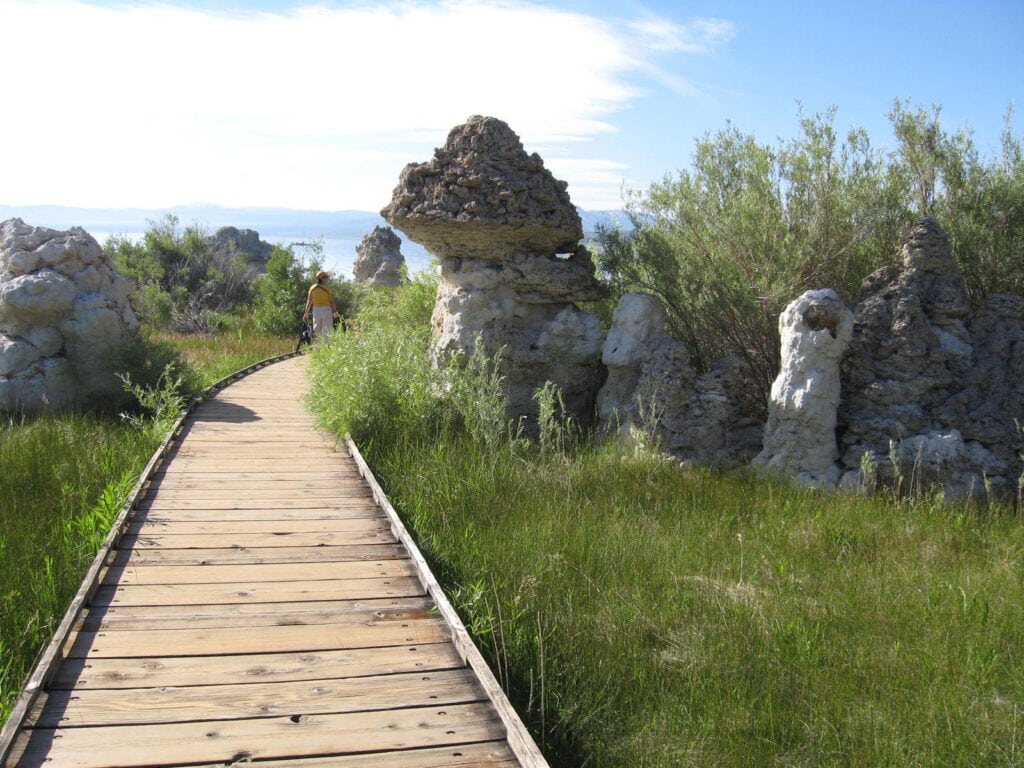

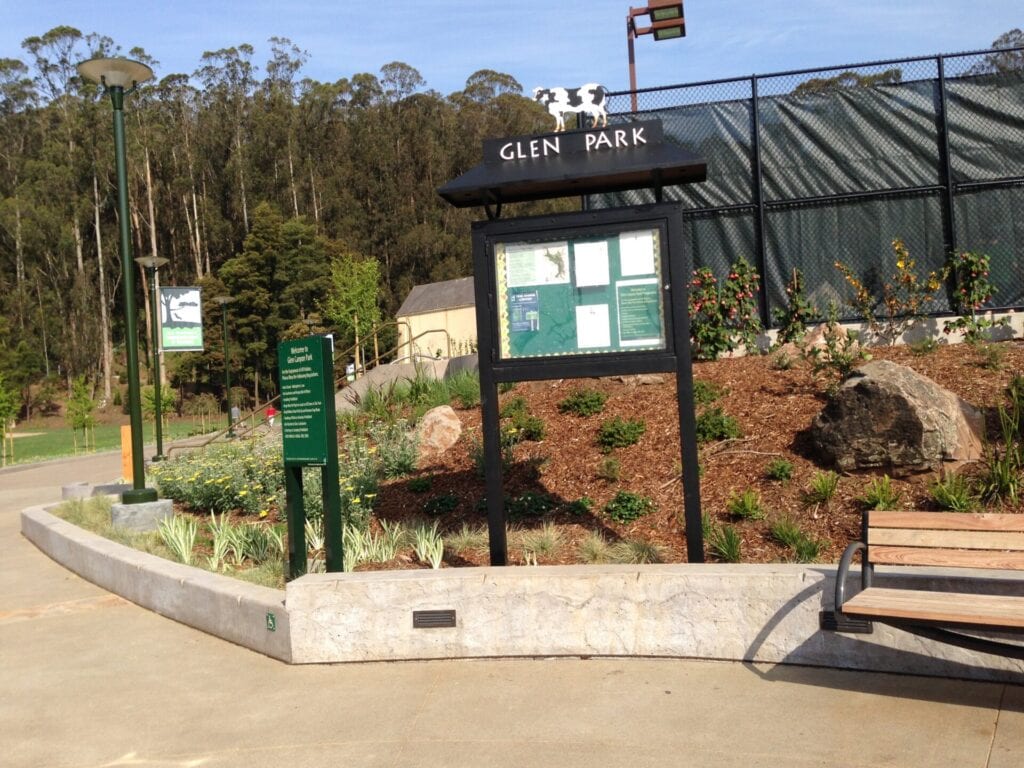
What do we mean when we say that birding is for everybody?
“Everybody includes anyone who wants to participate in birding but experiences accessibility challenges: users who are blind or have low vision, wheelchair and scooter users, users with medical conditions or other health concerns, users with grumpy joints or who are simply done with the bushwhacking and the keeping up! Young and aging birders alike. Indeed, in ten or twenty or thirty years, each of us will want to continue birding; these users are our future selves! In that spirit, birding truly is for everybody!”
— Virginia Rose, founder of Birdability
As for me, I’m now much more attuned to the accessibility of public spaces. I’m happy when I find guides such as Find Your Path: Accessible Trails in the Golden Gate National Parks and Best Wheelchair-friendly Trails in San Francisco. Having MS is another chapter in my life, and rather than let it constrain me I’m looking for ways to widen my experience. It’s even better when there’s a community like Birdability to help me rejoin the flock.
Chris Okon has been a volunteer with Golden Gate Bird Alliance since 2005 and currently serves on the Board of Directors. A Chicago native, she moved to the Bay Area in 1990, worked at Kaiser Permanente in their medical technology group until 2018, and now enjoys writing, participating in two book clubs, gardening, and getting out and about in nature. She is always thrilled when a special bird like a Northern Flicker or Spotted Towhee visits her garden but loves the Juncos, Golden Crowned Sparrows, Pygmy Nuthatches, California Towhees and other regulars just the same.
